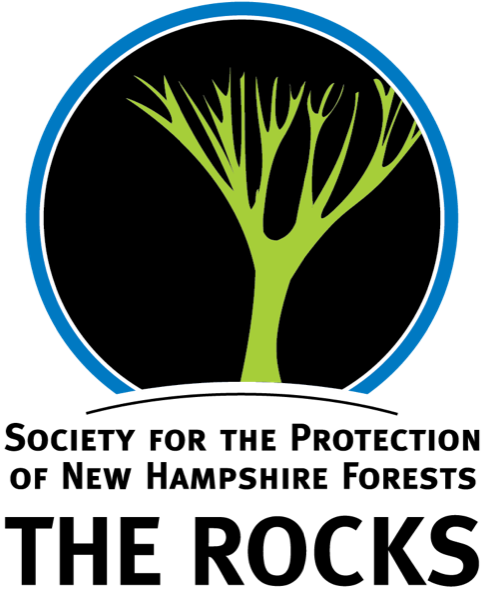In 1882, John Glessner purchased a 100-acre farm from Oren Streeter for $2,300.
Not much is known about Streeter. According to the Philadelphia Historical Society, Streeter was married to Elvira J. (Tower) Lawson in Halifax, Nova Scotia (date not listed). The genealogy was prepared under the direction of Charlemagne Tower, of Philadelphia, who wanted to trace his ancestors back to John Tower and the early settlement of Massachusetts. Elvira was a descendent of Tower. The researchers found that an O. Streeter was born in Rowe, Massachusetts on July 11, 1813, the son of James and Prudence (Baker) Streeter.
But what about the history of this land before the Streeter and Glessner families and the incorporation of Bethlehem in 1779?
The lives of Algonquin-speaking peoples have been intertwined with nature for thousands of years, from lighting beneficial fires to discovering how to turn sap into sugar.
According to Abenaki Heritage, an organization founded by the Abenaki Councils of Odanak and W8linak and W8banaki in Canada:
"The W8banaki Nation is one of the Algonquian peoples present in the American Northeast. Its population currently counts over 3,000 individuals, mostly located in Quebec and the United States. The W8banaki territory, the Ndakina, predates the current state borders and includes all or part of southern Quebec, Maine, New Hampshire, Vermont, and Massachusetts. The Pna8bskategw (Penobscot River) and the Akigwitegw (Etchemin River) form the eastern boundary of the Ndakina, while the Merrimack River and the line formed by the Masesoliantegw (Richelieu River) and the Pitawbagw (Lake Champlain) constitute the western boundary of the W8banaki territory.
The Ndakina borders the territories of the Wolastoqiyik Wahsipekuk, Penobscot and Kanien’kehá:ka Nations. The occupation of the Ndakina by the W8banakiak is visible and identifiable in the watersheds that criss-cross the territory, which are areas where the Nation has practiced various traditional activities since time immemorial. This territorial organization allowed, among other things, the emergence of regional groups in the regions of Maine and Vermont, 3,000 years ago. In accordance with the practice of their traditional activities, the W8banakiak made many seasonal movements in the upper watersheds of southern Quebec to the Kchitegw (St. Lawrence River), passing through the Eastern Townships, Brome-Missisquoi and Chaudière-Appalaches regions.
The context of the colonial wars led the W8banakiak groups located at the edge of the French and English colonies to move permanently to the northern part of the Ndakina, a territory occupied and used by the Nation for generations, notably for hunting and trading. They were first found by the Jesuit missions of Sillery and the Kik8ntegw (Chaudière River) in the 17th century. Then, sedentary Catholic missions were founded in the 18th century at the location of existing W8banakiak camps on the Alsig8ntegw and W8linaktegw (Saint-François and Bécancour rivers), where the traditional use and occupation of the Ndakina was maintained despite the presence and actions of the lords, settlers and missionaries. Today, the missions of Saint-François and Bécancour (or Saint-François-Xavier) have become the communities of Odanak and W8linak."
There are also photographs and records of Abenaki people from what is now Canada visiting the White Mountains region each summer to sell ash baskets to early tourists from 1870 to 1920. To learn more about indigenous basket making in the region, see the Museum of the White Mountain's past exhibit called, "Of Baskets and Borers: The Past, Present, and Future of Indigenous Basketry in the White Mountains." The exhibit included research from Daniel Nolett, Executive Director/Kin8dokawawinno of the Abenaki Band Council of Odanak.
The exhibit included a photograph of Robert Wawanolett, Florence L. Benedict, and Maude M'Sadoques, ca. 1920, photographed in front of their "summer camp" on Strawberry Hill in Bethlehem. (above)
The exhibit said: "Since the glaciers receded 12,000 years ago and the temperate forest grew up behind them, Indigenous peoples have called this region Ndakina, home. Over many generations, they developed reciprocal relationships with the land, water, plants, and animals. This exhibition explores one of those relationships — one that they developed with the brown ash tree. This species is featured in one of the Wabanaki creation stories."
Today, traditional ecological knowledge can contribute directly to improvements in forest health. Indigenous artists carry on placed-based traditions across the Northeast, including weaving baskets from ash trees.
A map showing Ndakina (above) was created by the W8banaki, formerly the Grand Conseil de la Nation Waban-Aki Inc., which was founded in 1979 and is a Tribal Council composed of the Abenaki bands of Odanak and Wôlinak in Canada. (Learn more here and see a larger version of the map.)
Amanda Ennis, a Maliseet basket maker in Maine, created a gold and blue basket that is on display at The Rocks, and her baskets are also for sale in the gift shop.

